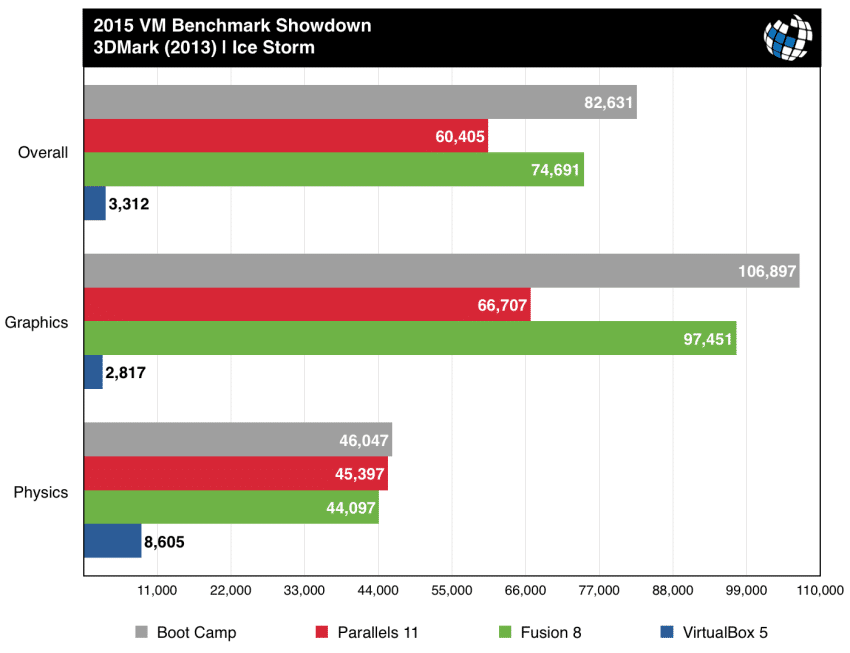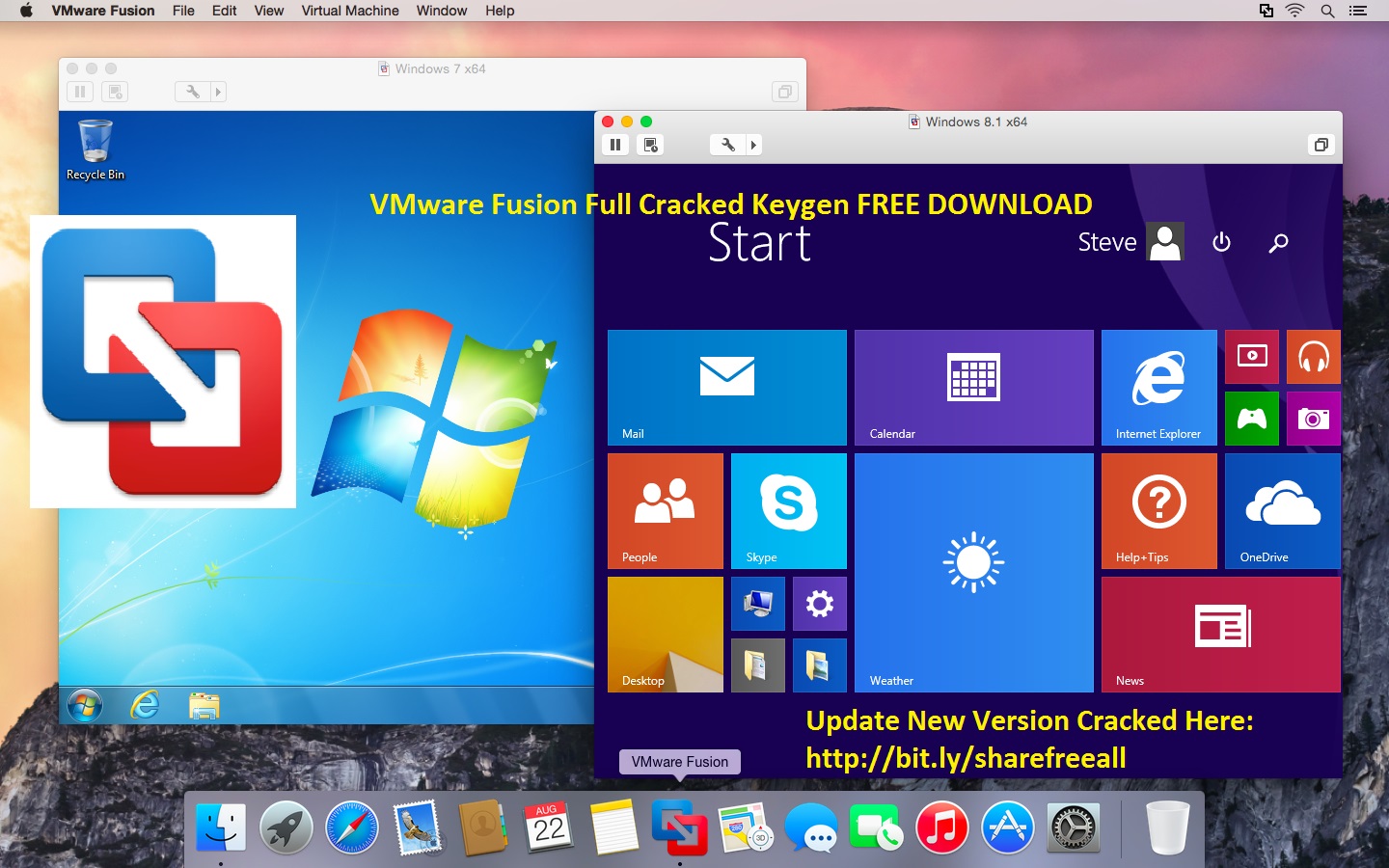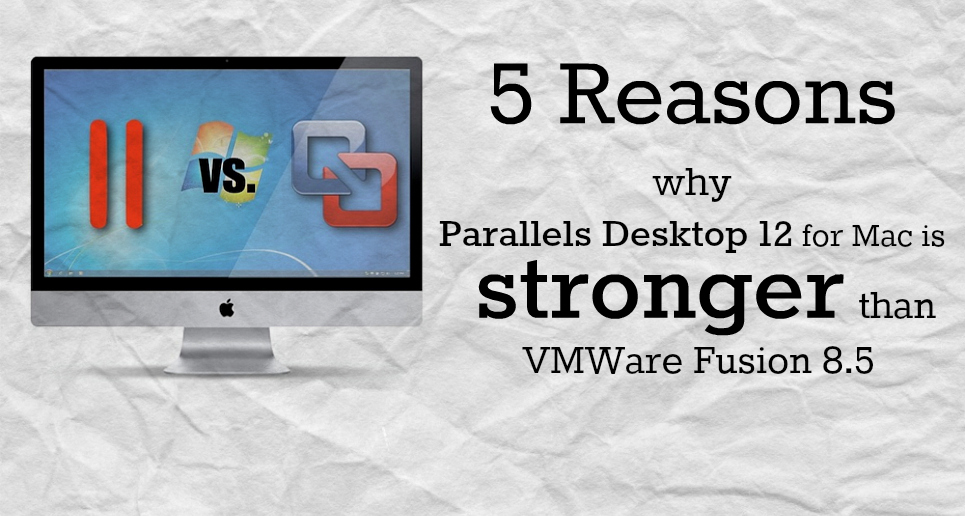

Now let’s dig into some of the specifics of each. We won’t be including it in today’s showdown-which is specifically about the different virtualization options out there-but it’s worth mentioning as an option for running Windows on a Mac.
#VMWARE FUSION VS PARALLELS FULL#
It’s a bit less convenient, but it means your Windows installation can take full advantage of your Mac’s hardware, giving you better performance. Unlike virtual machines, Boot Camp requires rebooting your computer, and you can’t use both operating systems at the same time.

We’d be remiss here not to also mention Boot Camp, which runs Windows on a separate partition of your hard drive.

It also focuses on home users, who simply need an easy way to use Windows on their Mac without rebooting or getting another computer.
#VMWARE FUSION VS PARALLELS INSTALL#
Once you set up a virtual machine, you install the operating system you want and you can use it right from your Mac desktop, no rebooting necessary. Virtual machines allow you to run operating systems like Windows inside of OS X, alongside your normal Mac setup. Let’s break down when each is best and for what. Each has their own strengths and weaknesses, and different use cases where one’s better than another. If you need to run Windows inside OS X, you have three options: VirtualBox, VMware, and Parallels.


 0 kommentar(er)
0 kommentar(er)
